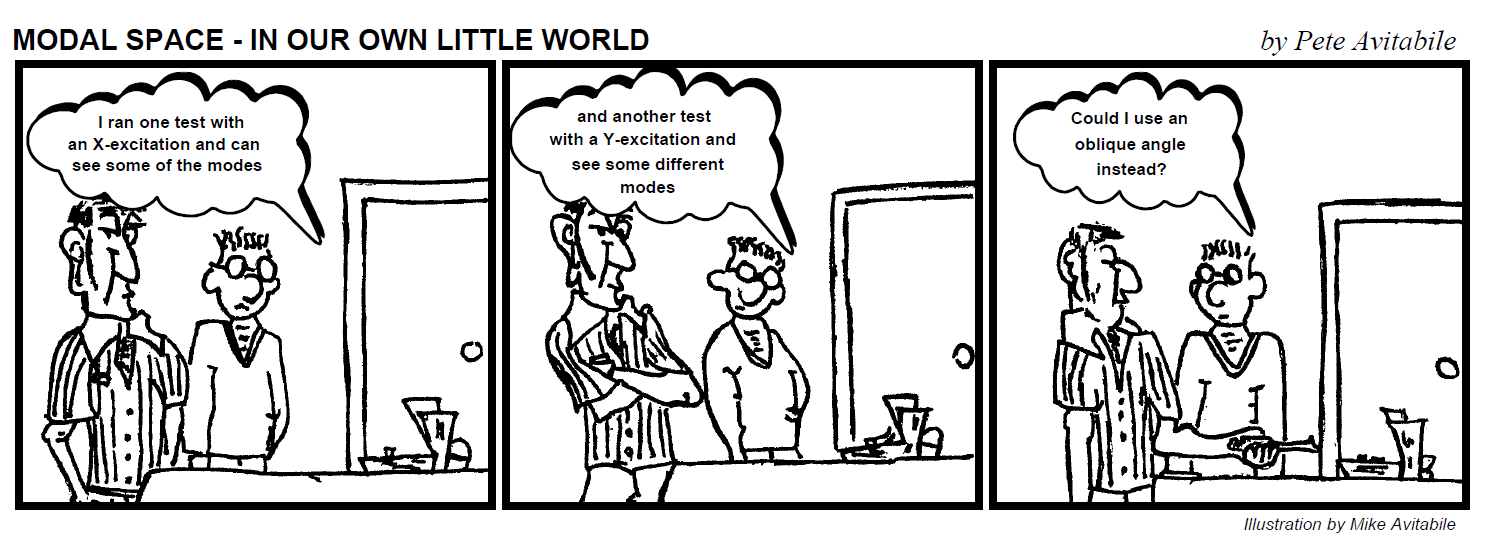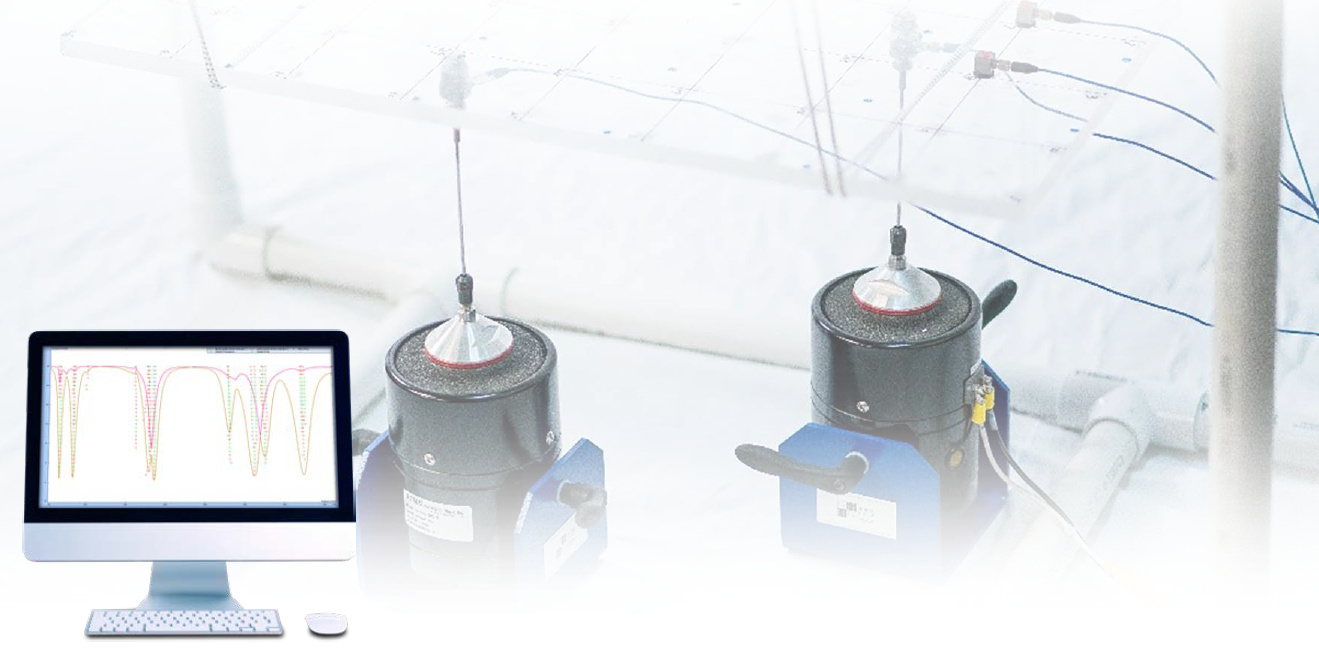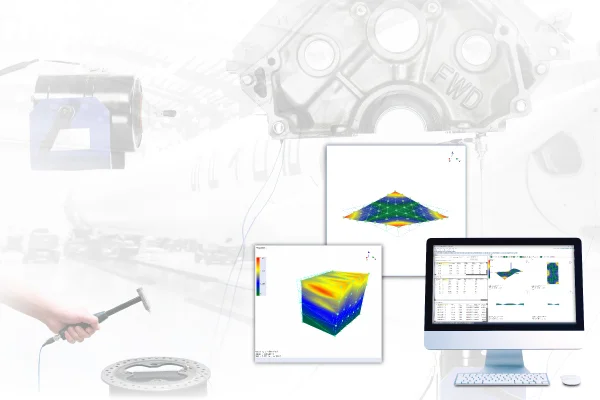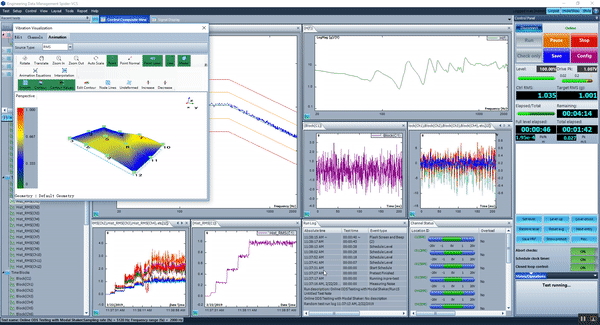I ran one test with an x-excitation and can see some modes and another test with a y-excitation and see some different modes. Could I use an oblique angle instead?
Well, that's a very good question. Its one that comes up often in terms of running modal tests with a shaker excitation. Of course it is totally acceptable to run one test with a shaker at some oblique angle to the structure. But the only thing we need to be careful about is to assure that we don't select the reference point at the node of a mode.
Read More














